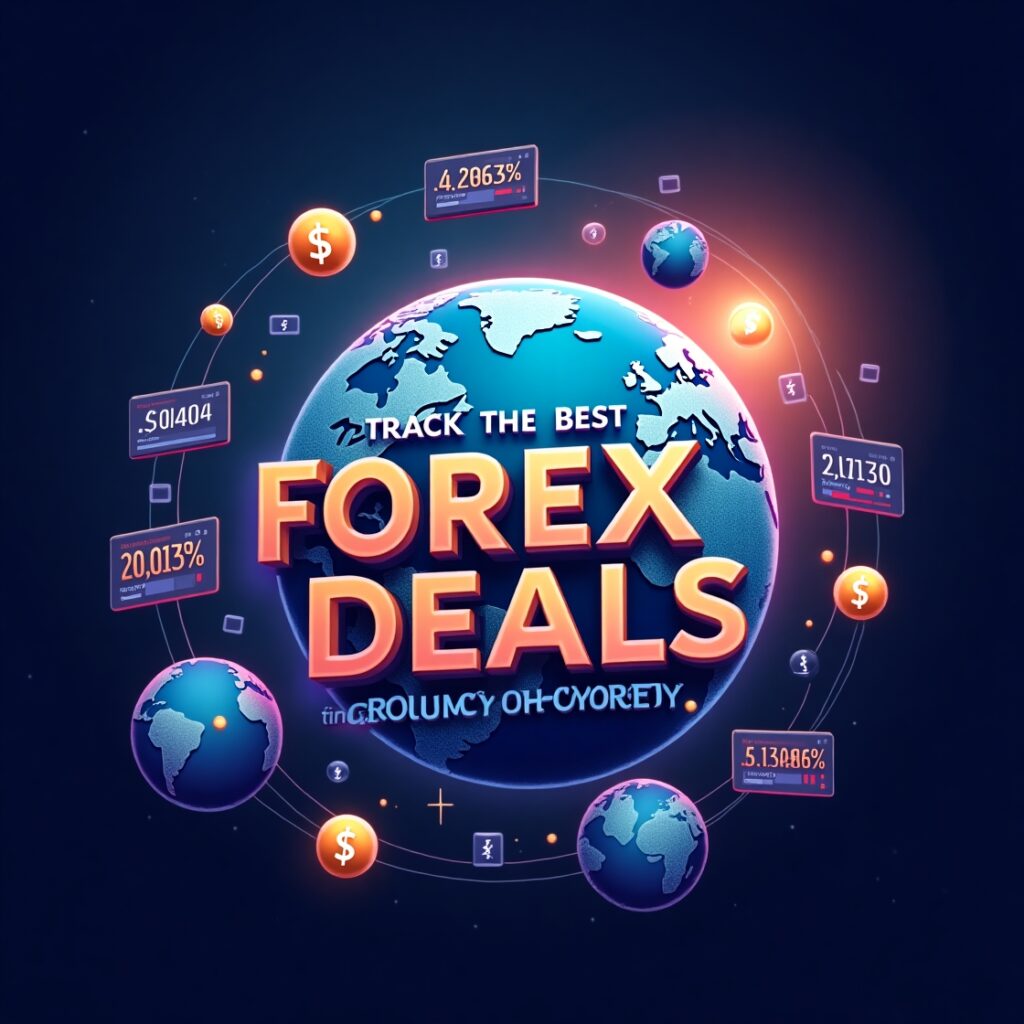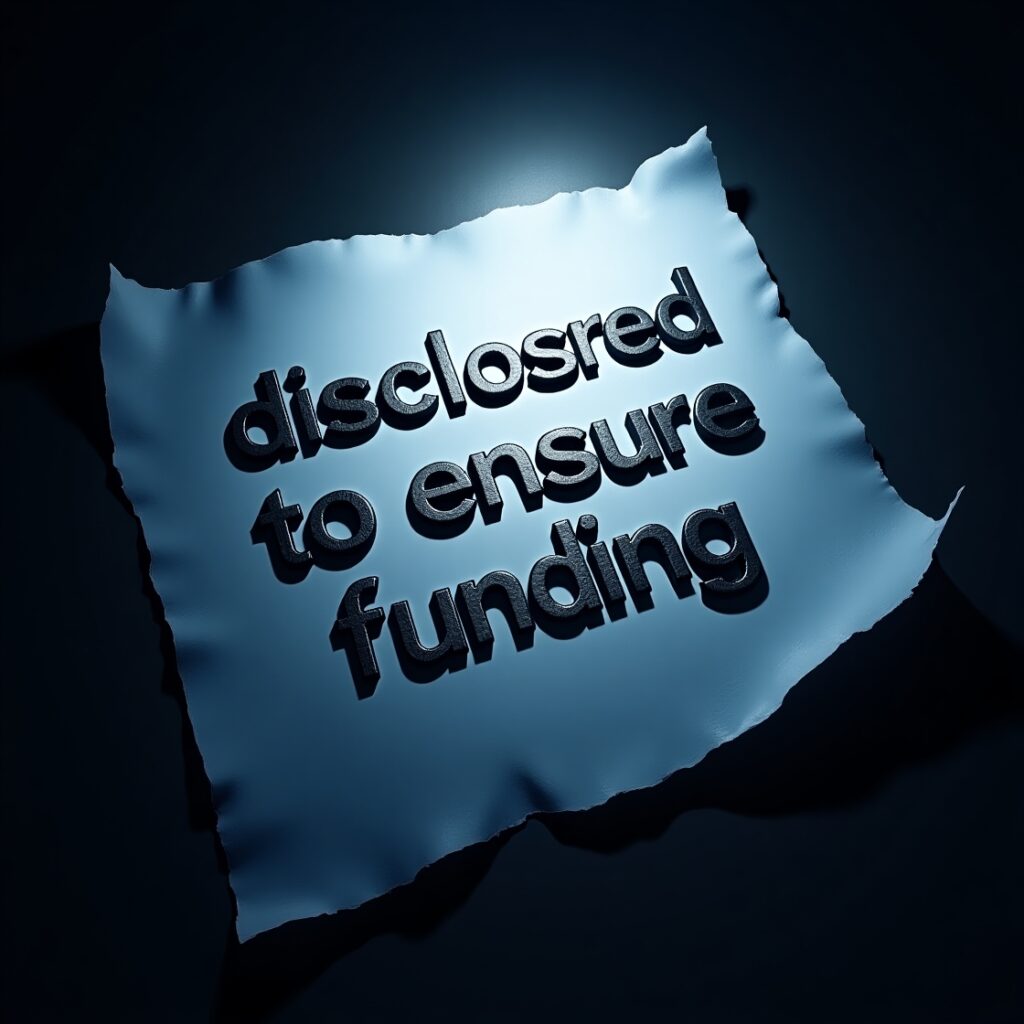
Tracking the best Forex deals around the world requires a multifaceted approach, combining diligent research with technological tools. Firstly, identifying reputable Forex brokers is paramount. Scrutinize their regulatory compliance, read independent reviews, and compare their spreads and commissions. Secondly, leverage Forex news aggregators and economic calendars to stay abreast of global economic events and policy announcements that can impact currency valuations. Thirdly, utilize technical analysis tools, such as charting software and indicators, to identify potential entry and exit points for trades. Furthermore, consider employing Forex signal services, but exercise caution and thoroughly vet their track record. Finally, diversifying currency pairs traded can mitigate risk, as can setting stop-loss orders to limit potential losses. By integrating these strategies, one can more effectively track and capitalize on favorable Forex opportunities worldwide.
✅ 5. Watch Global Economic Indicators
Explain why global news matters:
- Central bank decisions
- Inflation reports
- Geopolitical tensions
- Import/export trends
Pro tip: Link to a live economic calendar or forex news feed.
In an increasingly interconnected world, the significance of global news cannot be overstated. Staying informed about events beyond national borders is crucial for fostering a comprehensive understanding of international relations, economic trends, and cultural exchanges. Global news empowers individuals to become more engaged and responsible global citizens, capable of critically analyzing complex issues and contributing to informed discussions on matters of international importance. Access to diverse perspectives and reliable information from around the world is essential for navigating the challenges and opportunities of an ever-evolving global landscape.
Here’s a helpful FAQ section for a blog on “Website Ownership and Funding Transparency”, tailored to boost SEO while providing clear, user-friendly information:
❓ FAQs: Website Ownership and Funding Transparency

🔹 What is website ownership transparency?
Website ownership transparency means clearly stating who owns, runs, or is responsible for a website. This includes the individual, organization, or company managing its content and operations. Transparent ownership builds trust with readers and improves credibility.
🔹 Why is funding transparency important for websites?

Funding transparency reveals how a website is financed—whether through ads, donations, sponsorships, or other sources. It helps users understand potential biases and assess the objectivity of the content.
🔹 How can I tell who owns a website?

You can usually find ownership details in the:
- “About Us” page
- Domain registration info (via WHOIS lookup)
- Website footer or contact page
If ownership is hidden, it could raise questions about credibility.
🔹 What should be disclosed to ensure funding transparency?

Websites should clearly disclose:
- Advertisers or affiliate relationships
- Sponsors or investors
- Whether content is paid or sponsored
- Donation sources (if relevant)
This ensures users know what may influence content.
🔹 Is website transparency required by law?

In some regions (like the EU or California), transparency may be required under consumer protection or data privacy laws. Even if not legally required, it’s best practice for trust, SEO, and accountability.
🔹 How does transparency affect a website’s reputation?
High transparency builds trust, credibility, and user loyalty. It also
improves rankings with search engines like Google, which favor sites that clearly identify their owners and funding sources.
🔹 Where should I display transparency information on my site?
The most common places include:
- About Us or Who We Are page
- Footer of the site
- Privacy Policy or Editorial Guidelines pages
Make it easy for users to find this information in just 1–2 clicks.
Would you like a short blog post that introduces these FAQs or a template for your own site’s transparency section?
